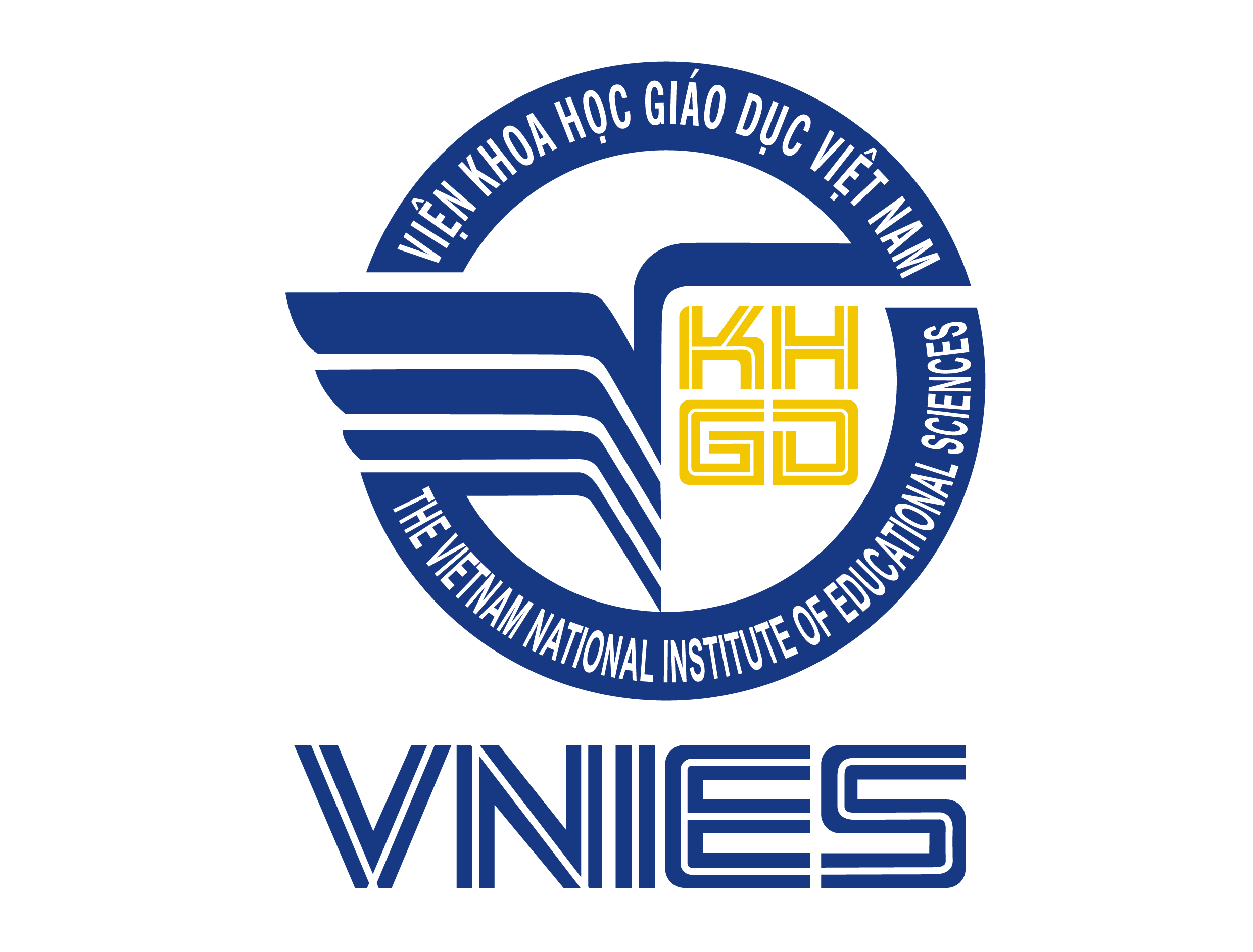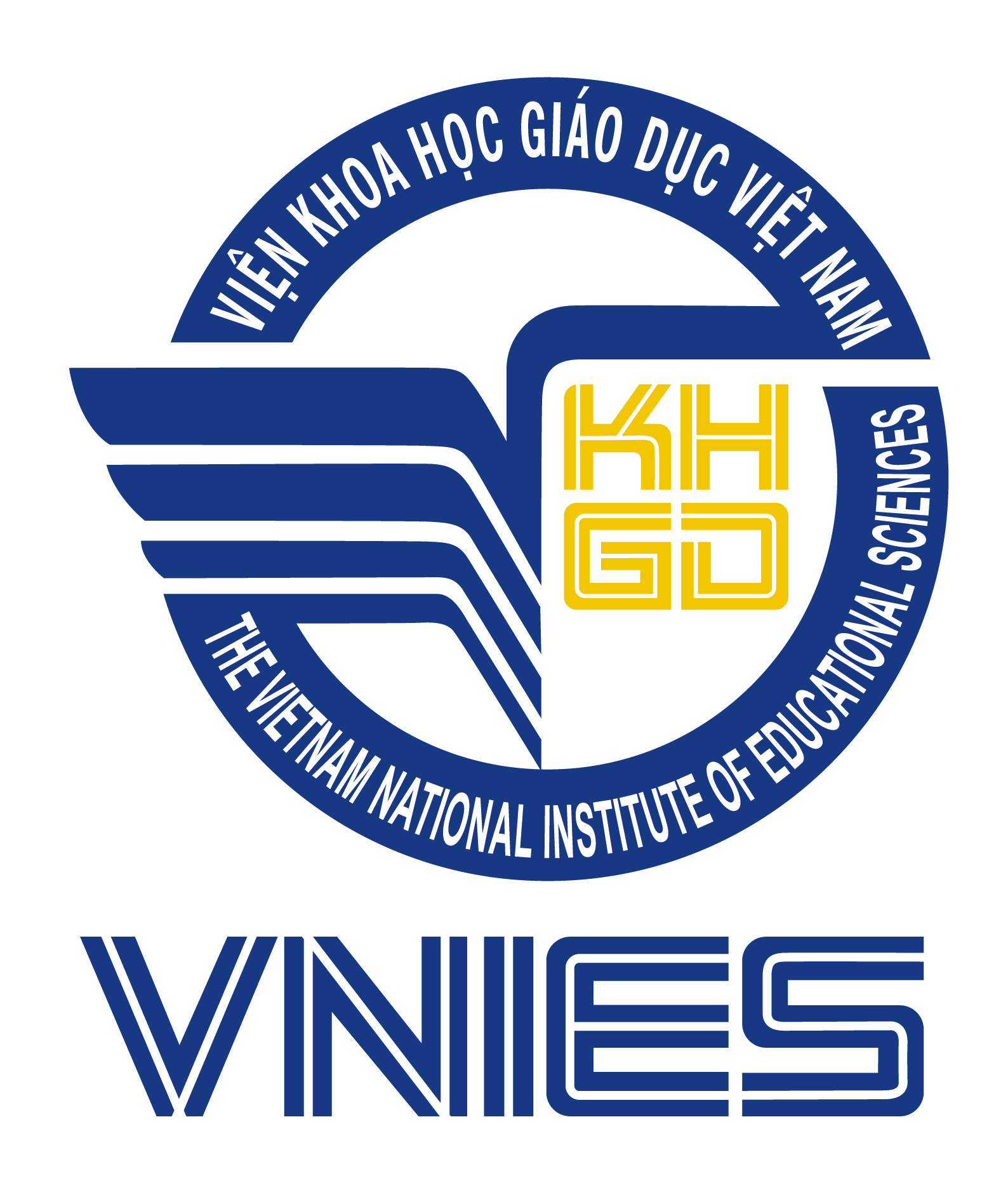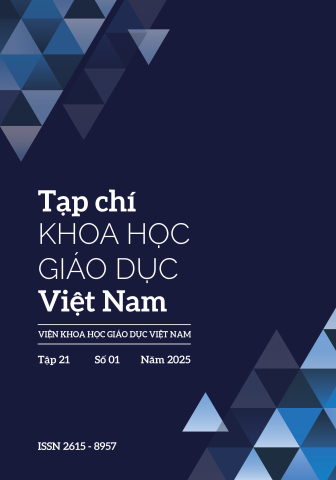[1] Al Hamad, N. M., Adewusi, O. E., Unachukwu, C. C., Osawaru, B., & Chisom, O. N. (2024). A review on the innovative approaches to STEM education. International Journal of Science and Research Archive, 11(1), p.244-252
[2] Association of American Universities (AAU). (2017). Progress toward achieving systemic change: A fiveyear status report on the AAU undergraduate STEM education initiative. Washington, DC.
[3] Azizan, S. A., & Abu Shamsi, N. (2022, May). Designbased learning as a pedagogical approach in an online learning environment for science undergraduate students. In Frontiers in Education (Vol.7, p.860097). Frontiers Media SA
[4] Guney, M. S. (2016). Solar power and application methods. Renewable and Sustainable Energy Reviews, 57, p.776-785
[5] Haag, K., Pickett, S. B., Trujillo, G., & Andrews, T. C. (2023). Co-Teaching in undergraduate STEM education: a lever for pedagogical change toward evidence-based teaching?. CBE - Life Sciences Education, 22(1), p.1-10
[6] Hathcock, S. J., Dickerson, D. L., Eckhoff, A., & Katsioloudis, P. (2015). Scaffolding for creative product possibilities in a design-based STEM activity. Research in science education, 45, p.727-748
[7] Hayat, M. B., Ali, D., Monyake, K. C., Alagha, L., & Ahmed, N. (2019). Solar energy - A look into power generation, challenges, and a solar‐powered future. International journal of energy research, 43(3), p.1049-1067
[8] Hynes, M., Portsmore, M., Dare, E., Milto, E., Rogers, C., Hammer, D., & Carberry, A. (2011). Infusing engineering design into high school STEM courses. Utah State University
[9] Jolly, A. (2016). STEM by design: Strategies and activities for grades 4-8. Routledge
[10] Møgelvang, A. (2023). Cooperative learning in undergraduate STEM education: Applications and outcomes [Doctoral thesis]. University of Bergen
[11] Moore, T. J., Stohlmann, M. S., Wang, H. H., Tank, K. M., Glancy, A. W., & Roehrig, G. H. (2014). Implementation and integration of engineering in K-12 STEM education. In Engineering in pre-college settings: Synthesizing research, policy, and practices, pp.35-60. Purdue University Press
[12] Phadke, A. A., Jacobson, A., Park, W. Y., Lee, G. R., Alstone, P., & Khare, A. (2017). Powering a home with just 25 watts of solar PV: super-efficient appliances can enable expanded off-grid energy service using small solar power systems. US Department of Energy
[13] Sahin, A. (Ed.). (2015). A practice-based model of STEM teaching: STEM students on the stage (SOS). Springer


